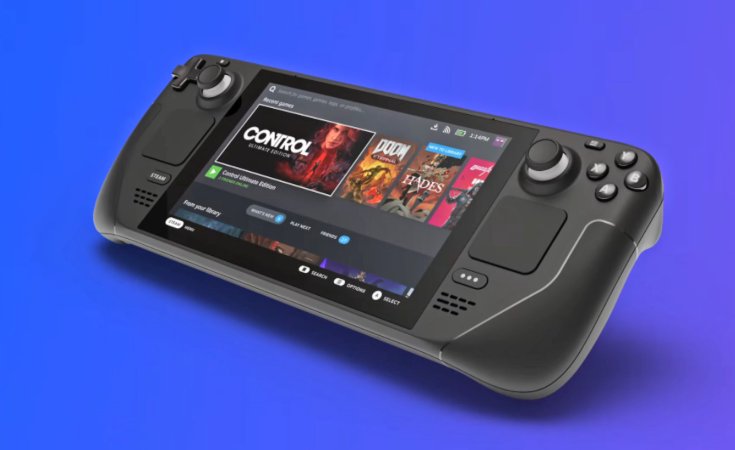Valve has released Windows drivers for the new Steam Deck, and LinusTechTips, a popular YouTuber, uploaded a testing video for it. The results weren’t great for Windows 10, especially compared to SteamOS. According to Linus, performance dropped noticeably in gaming tests, something you don’t often see highlighted in the usual Windows vs. Linux debates.
It’s worth mentioning upfront that these Windows drivers are still incomplete for Steam Deck, as key features like sleep mode don’t work so far, forcing users into hard shutdowns. A few necessary drivers are also missing, which further limits Windows 10’s use on the device.
In the video, Linus ran three benchmarks with Elden Ring, Hitman 3, and Doom Eternal. In all cases, SteamOS outperformed Windows 10. Hitman 3 showed the biggest gap, with Windows 10 averaging just 19 fps versus 34 fps on SteamOS. Doom Eternal ran at about 60 fps on SteamOS, compared to 47 fps on Windows, and even Elden Ring saw a difference, hitting 37 fps on SteamOS and 30 on Windows.
As far as the Steam Deck goes, I’d say Valve made it for SteamOS, and Windows is an afterthought. Because SteamOS is the Steam Deck’s operating system, I can’t imagine how much work Valve will put into the Windows end. Because the Steam Deck lacks fTPM compatibility, it’s currently only compatible with Windows 10, though Windows 11 support is expected down the road.
Windows users also face some major headaches. At the moment, there are no audio drivers for the Steam Deck, so the built-in speakers and headphone jack don’t work. The only workarounds are Bluetooth or USB audio. Charging issues and clunky controller navigation make things worse. Windows treats the Deck’s controls like mouse pointers, which makes moving through the interface slow and frustrating.

